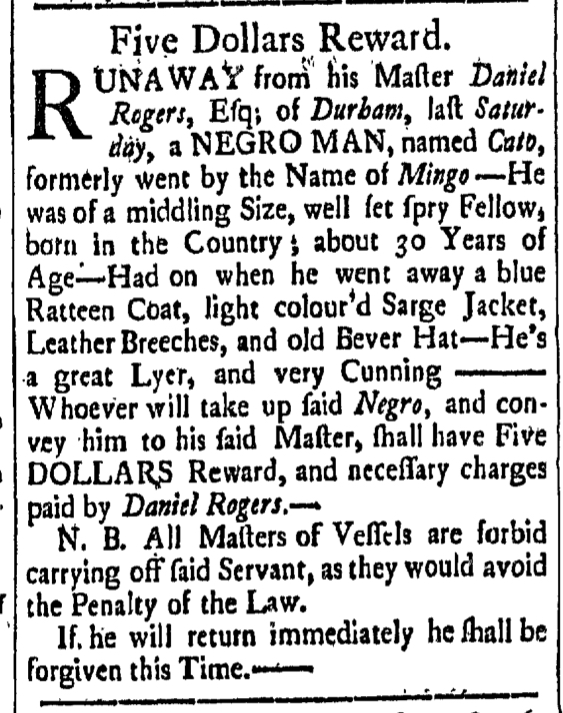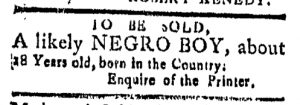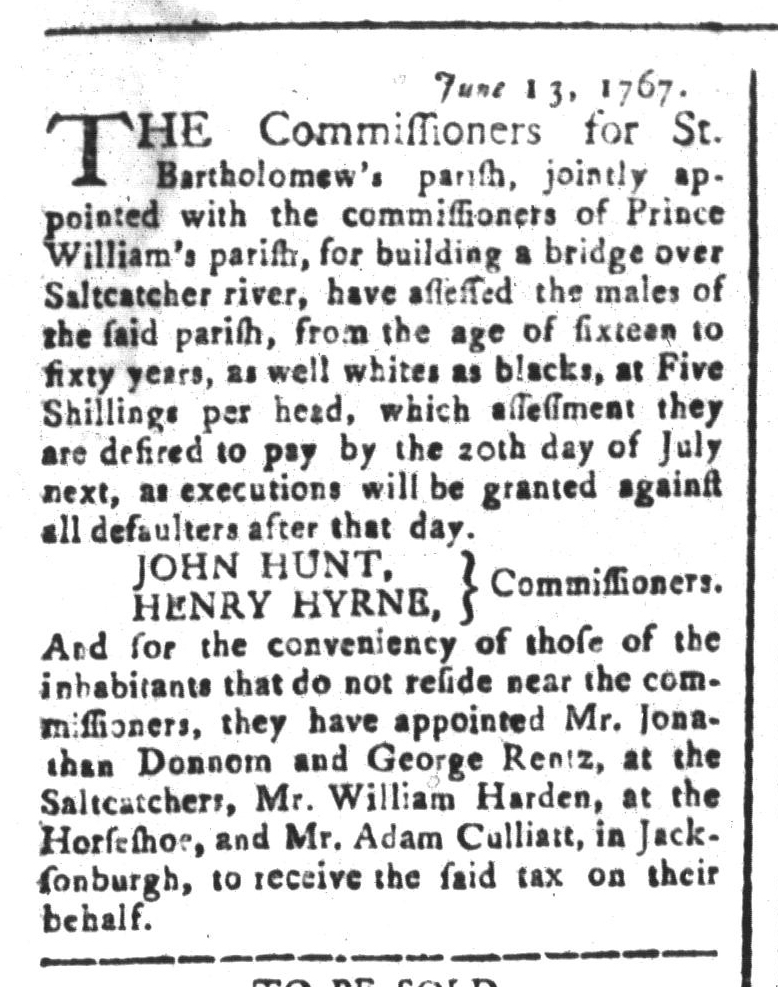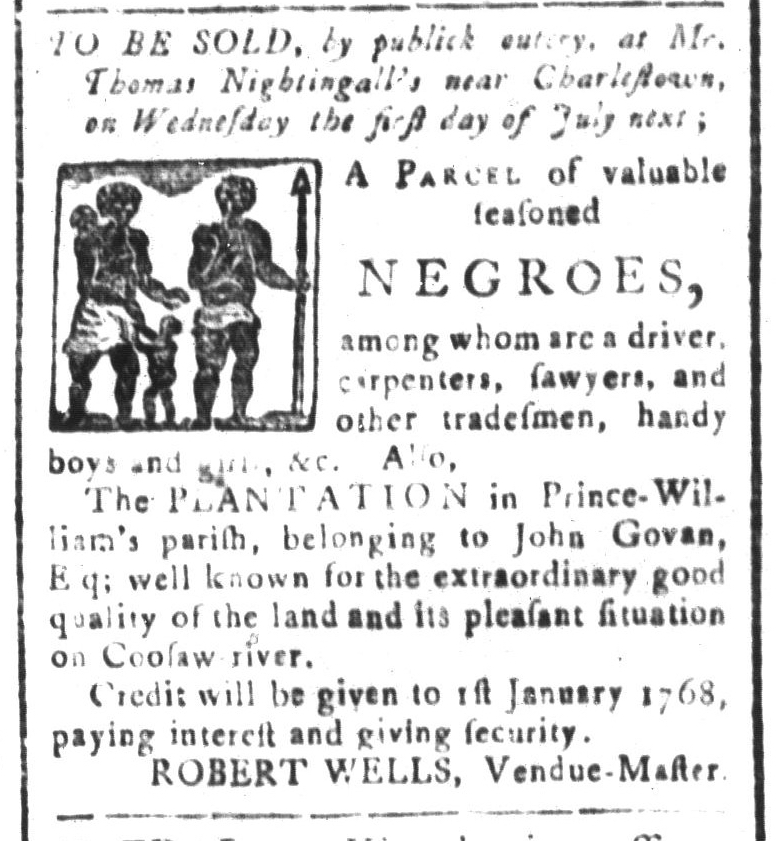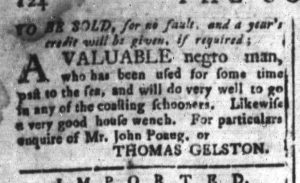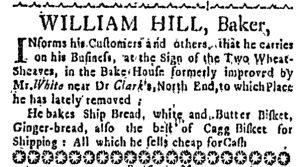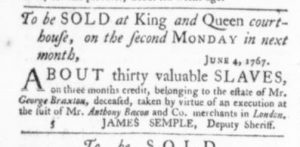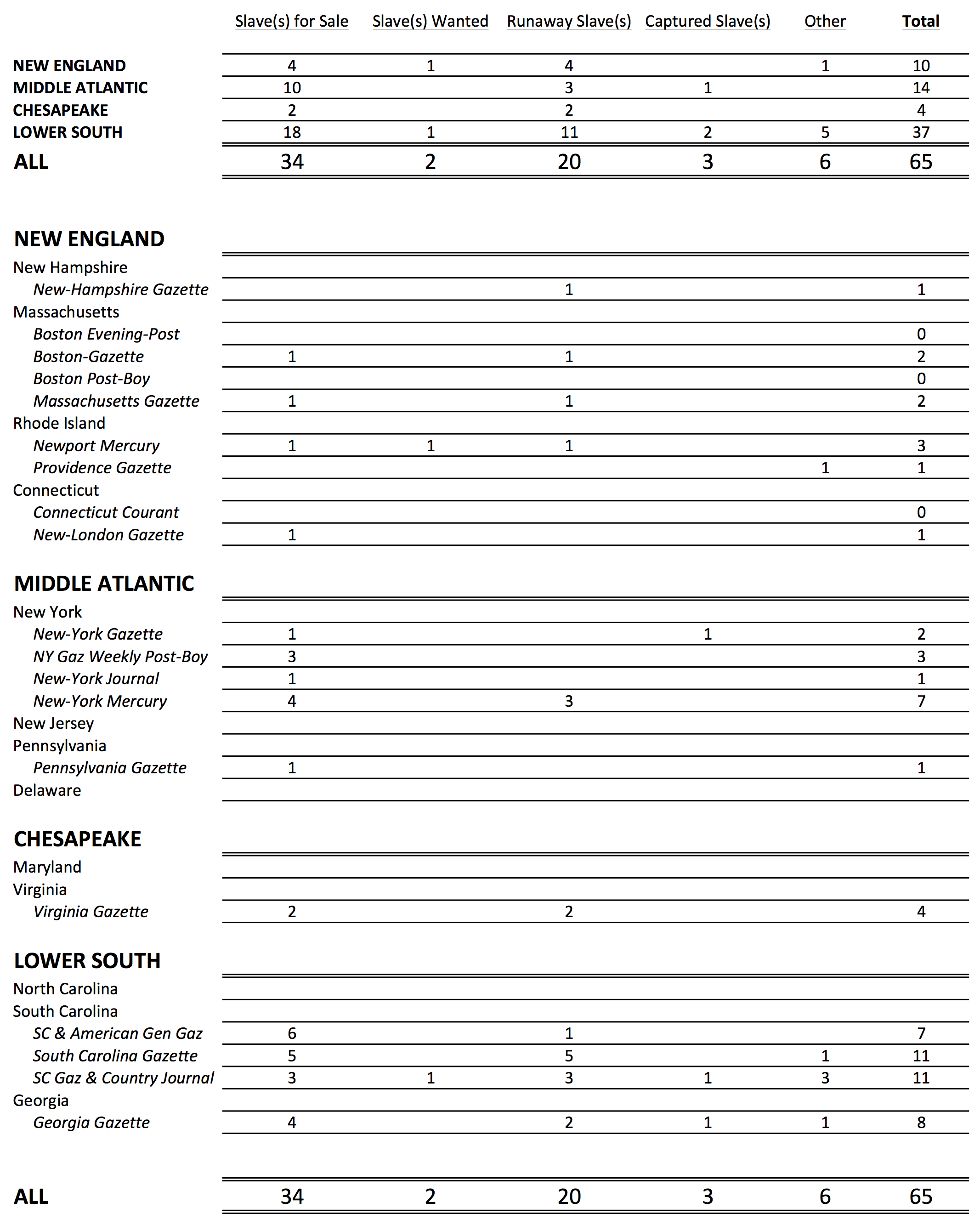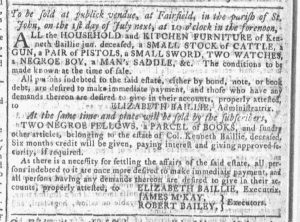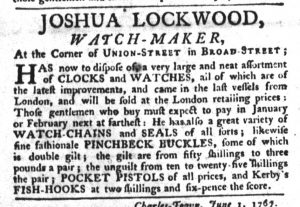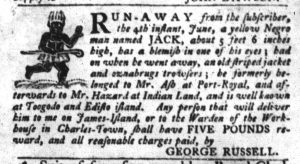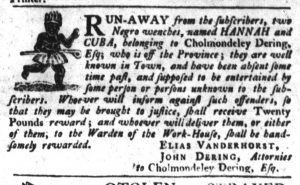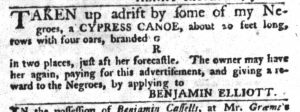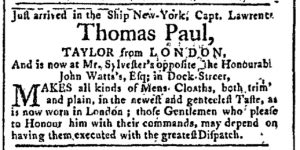What was advertised in a colonial American newspaper 250 years ago today?

“He proposes to open a DANCING SCHOOL.”
Peter Curtis wished to open a dancing school in Portsmouth, New Hampshire, and inserted an advertisement to that effect in the local newspaper. In the decade before the Revolution, dancing masters frequently advertised their services in newspapers published in the largest port cities, especially Charleston, New York, and Philadelphia. Fewer of them, however, placed notices proposing to open schools or teach private lessons in smaller towns. Curtis’s advertisement in the New-Hampshire Gazette was rather out of the ordinary.
Still, Curtis must have suspected that he could cultivate a market for his skills in Portsmouth and the surrounding area. After all, the “Gentlemen” and “Ladies” he addressed in his advertisement participated in the same consumer culture as their counterparts in major port cities. Many colonists adopted various consumption practices – outfitting themselves in the latest styles and displaying fashionable furnishings and housewares – to demonstrate they belonged among the ranks of the genteel. Yet possessions alone did not guarantee that others would acknowledge the gentility of those who acquired them. Personal comportment became a measure for distinguishing the truly genteel from crass pretenders who merely made purchases. Manners, conversation, and dancing, among other pursuits, all played a role. Dancing well, completing the latest steps with grace while interacting easily with others in attendance at social gatherings, testified to an individual’s inner refinement that could not be counterfeited by wearing the right sorts of apparel and adornments. To that end, Curtis pledged to teach his pupils “in the most polite and genteel Manner.”
The colonial gentry in the major port cities availed themselves of lessons from dancing masters because they wished to assert that they were as cosmopolitan as their cousins in London. Other residents sought social mobility; they identified dancing as a means of demonstrating their own refinement matched their elite neighnors. For both, anxiety provided motivation. Curtis’s advertisement suggests that interest in dancing as a means of exhibiting refinement was not limited to urban ports in early America. Instead, with the help of advertisements to incite demand, it filtered out to smaller cities, like Portsmouth, and beyond. Curtis solicited customers “within Twenty Miles,” pledging to visit their homes for private lessons. He believed that some residents in the countryside, especially the “Gentlemen” and “Ladies” considered the local elite and who wanted to safeguard that position, could be convinced that they desired to become as cosmopolitan and refined as the better sorts in colonial cities.

